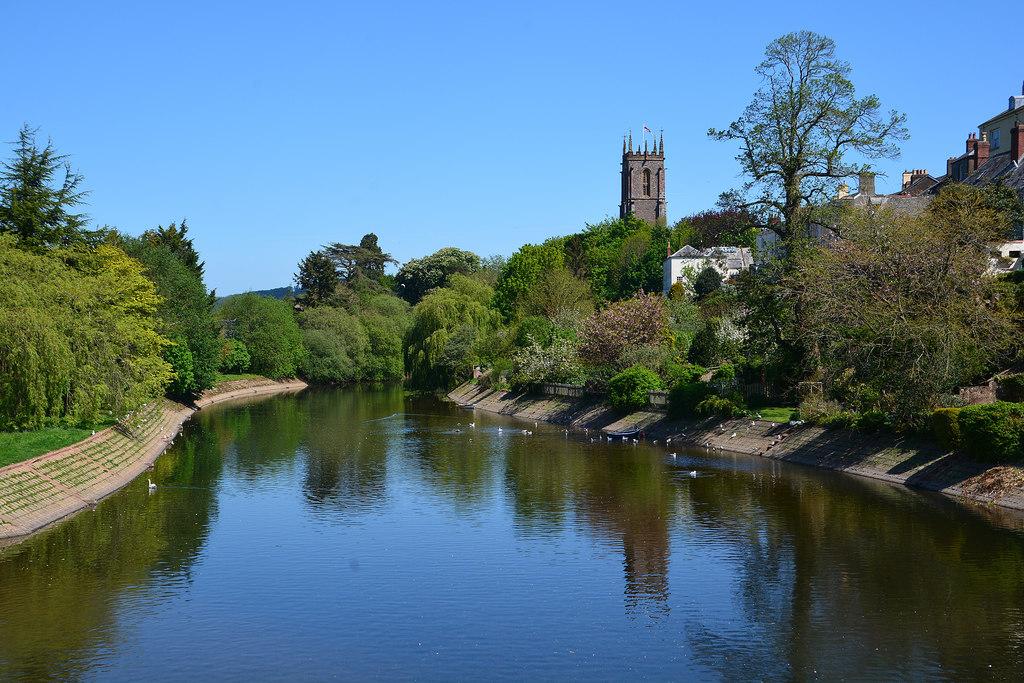St Peter
Uplowman, Devon
A small parish church set in the beautiful, rural Devon landscape.

There was probably a church on this hilltop overlooking the River Exe in late Saxon times, but the first stone church was erected shortly after the Norman Conquest and consecrated in 1073.
Tiverton, Devon
Very little remains of the Norman building. The church today is almost entirely a 15th century rebuilding, with tall Perpendicular windows making it spacious and light. The tower and chancel are 15th century, while the south aisle and Greenway Chapel are 16th century.
The Greenway Chapel is a deliciously ornate Elizabethan chapel, containing some of the finest carvings of any parish church in England. Sir John Greenway was a wealthy merchant, an important member of the Draper's Company, with trading interests in King's Lynn and London. It is thought that he retired to Tiverton, where he founded almshouses. In 1517 he funded the exquisitely carved south porch and a new south chapel. Over the inner doorway is a carving of the Assumption showing Greenway and his wife Joan. Within the porch is an incredibly detailed doorway directly into the chapel, adorned with Renaissance pilasters with stunning arabesques and blind tracery patterns.
The exterior of the porch and chapel are decorated with very meticulous carvings of ships and nautical symbols. Inside, the chapel ceiling is a masterpiece of pendants and mock vaulting designs described by Historic England as 'a tour de force of late Perpendicular decoration'.
The earliest records of an organ in the church is 1524, but the current instrument dates from 1696. It is beautifully carved, and was for the first performance of Mendelssohn's 'Wedding March' in 1847.
Revd Samuel Wesley the Younger, eldest son of the cleric and poet Samuel Wesley and brother of John Wesley and Charles Wesley is buried here. He was born in Spitalfields, London in either 1690 or 1691, and died in in his 49th year.
Uplowman, Devon
A small parish church set in the beautiful, rural Devon landscape.
Cullompton, Devon
A church has stood here since Saxon times and the present St Andrew's has had many owners.
Kentisbeare, Devon
The chequered tower of St Mary's is striking and unlike any other in Devon.